► Facelifted Kia XCeed crossover tested
► Gets fresh looks, more tech and new GT-Line trim
► On sale in the UK towards the end of 2022
The Kia XCeed has proved itself successful, sitting at fourth place in the company’s sales charts behind the Sportage and the Niro. But it’s been in showrooms for three years now – and the market it occupies has become even more crowded in that time.
Buyers are spoiled for choice if they want a C-segment crossover. There’s the Volkswagen T-Roc, Toyota C-HR, Mazda CX-30 and MINI Countryman – and that’s before you delve into premium offerings like the Mercedes GLA or SUV-ified hatchbacks like the Ford Focus Active. So, to give the XCeed an edge against this army of rivals, Kia has facelifted the car.
Kia’s updates for the XCeed follow the conventional facelift playbook. The car gets restyled front and rear bumpers, some fresh technology, a refreshed interior and a sporty new GT-Line trim level that’s designed to compete with Volkswagen’s R-Line and Ford’s ST-Line specifications.
Have the changes made it any better?
Well, yes. But the improvements are incremental – and the Kia XCeed wasn’t a bad car when it was first launched in 2019, so the facelifted model starts from strong footing. Except for a couple of software and suspension tweaks, it’s the same car underneath with the same range of engines.
Kia didn’t want to completely overhaul the XCeed, as that’s not a cost-effective solution. Instead, the brand focused making the car more appealing to buyers. The new GT-Line trim, for example, was added in response to customer feedback – and Kia expects it will be popular, accounting for around 30% of the facelifted XCeed’s sales.
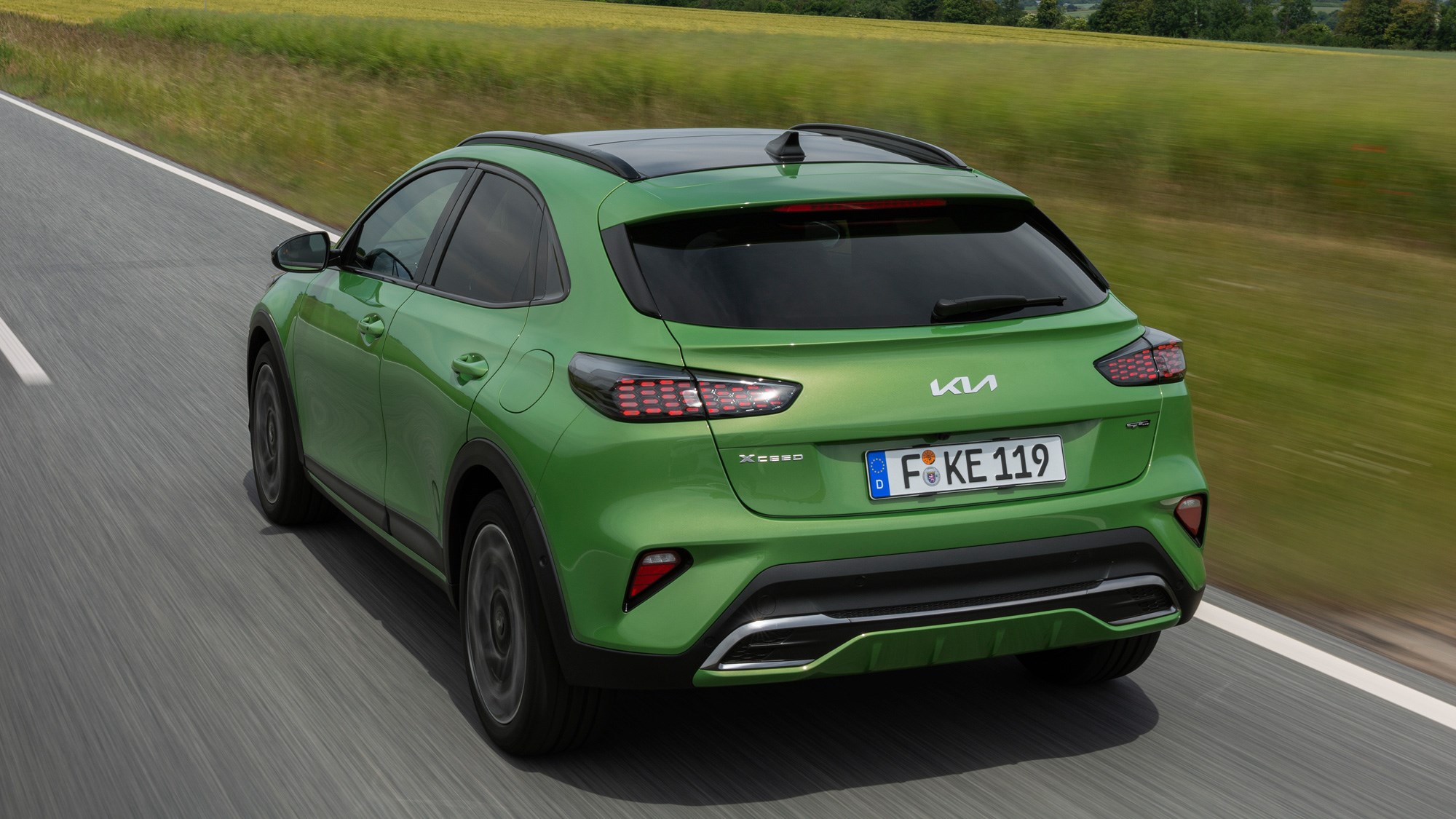
GT-Line-equipped cars come with a range of attractive additions such as 18-inch alloys, more aggressive front and rear bumpers, a model-specific radiator grille and gloss black trim. Even I (as a vehement SUV detractor) can’t argue that it doesn’t look the part, especially in that lairy green paint.
What engines can I choose from?
Fewer than expected for the time being, but that’s only because Kia is grappling with supply chain issues. When the updated XCeed goes on sale at the end of 2022, you’ll be able to choose from a 1.5-litre four-cylinder petrol unit with 158bhp and a 1.6-litre plug-in hybrid powertrain with 139bhp.
Kia plans to reintroduce the XCeed’s 118bhp 1.0-litre petrol and a 139bhp 1.6-litre diesel once it’s wrangled up some microchips. European customers can also have the same 201bhp 1.6-litre four-cylinder petrol engine found in the Ceed GT hot hatchback (although UK buyers can’t). I’ll focus on the 1.5-litre petrol for the purpose of this review.
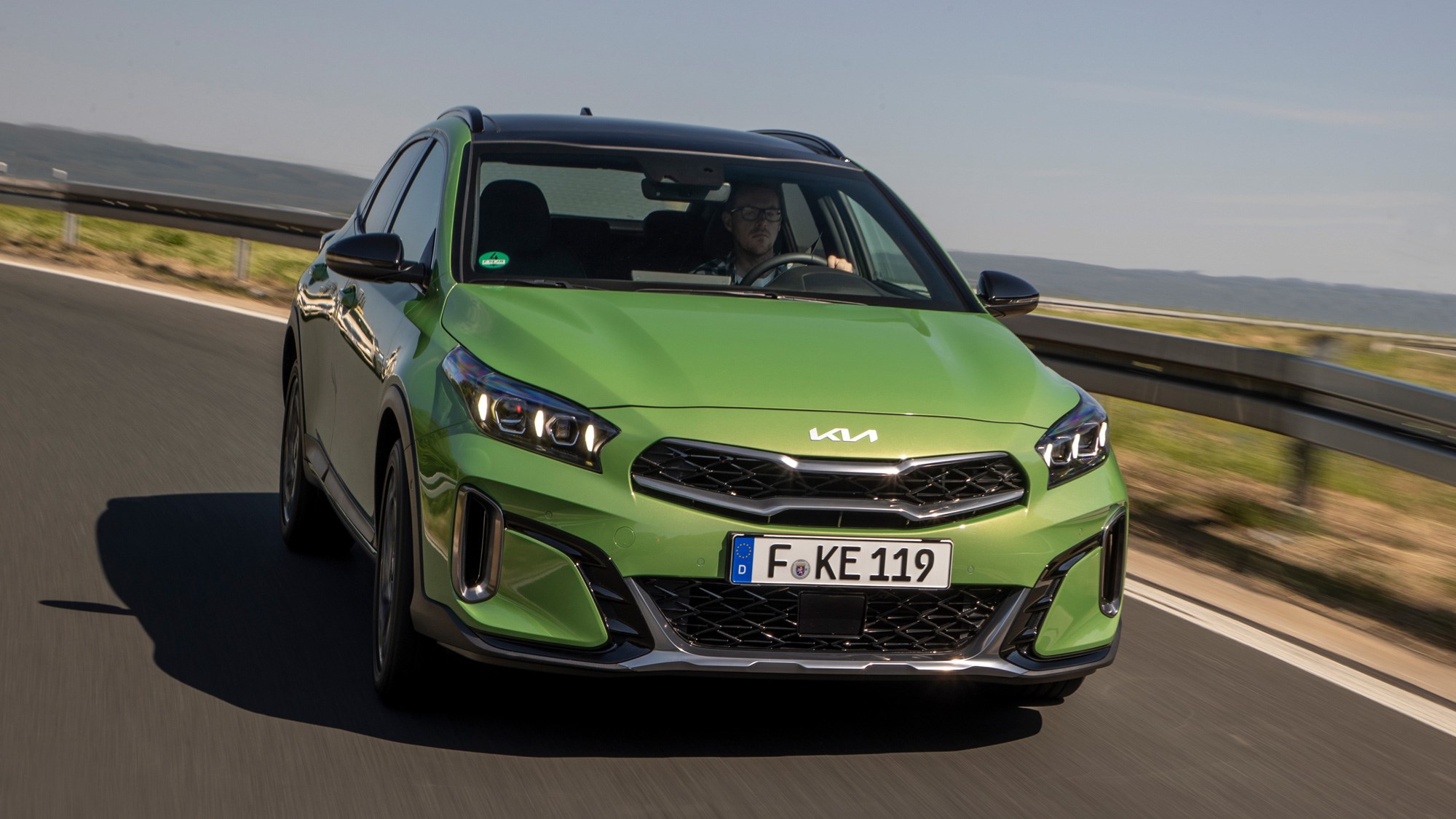
The XCeed’s 1.5-litre four-cylinder petrol engine is good, providing you drive it sensibly. It’s very coarse when you rev it hard. The engine labours as the needle edges towards the redline, while the racket from the other side of the firewall is enough to make you back off the throttle.
Kia’s seven-speed automatic gearbox is also quite resistant to shift down in Eco and Normal mode to make the most of the engine’s power, which means you need to plan your overtakes carefully. The auto ‘box works well at low speeds though, and you can sharpen up faster-speed gearshifts by punching the Sport button on the centre console. You can get around the issue by sticking with the standard six-speed manual.
These niggles are simply because Kia tuned the engine for fuel economy rather than performance – and it seems to have paid off. Our test route took us up some windy, hilly German B-roads and down a fast section of the Autobahn, but I still managed to extract around 40mpg from the engine. Drive carefully, and you should be able to meet the company’s claimed 47mpg figure.
What’s it like to drive?
Pretty good. It’s not as engaging as a Ford Focus Active, but Kia has struck a keen balance between comfort and handling. The dampers are just firm enough to make the XCeed feel “sporty,” but they have enough give under compression to protect your spine when you drop into a pothole. It’s refined, too. Even when belting down the German Autobahn, tyre roar and wind noise are well-suppressed.
The 1.5-litre petrol model handles better than the PHEV variant, primarily because it’s lighter. The hybrid system adds around 200kg to the XCeed’s kerb weight and, although Kia’s engineers have tried to mask the added bulk by fiddling with the plug-in car’s damping settings, you can feel the chassis fighting to deal with that extra weight in the bends.
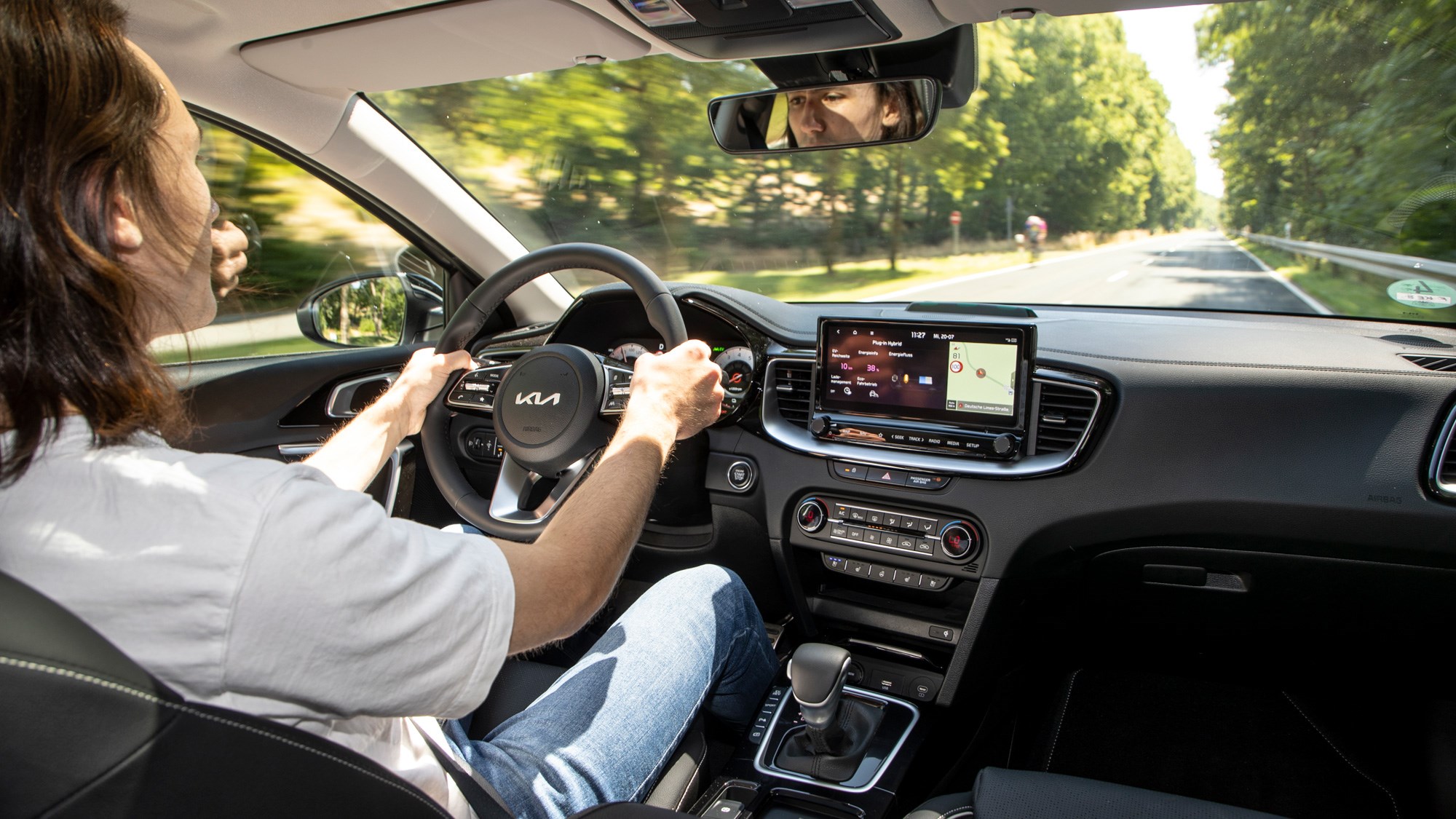
The pure petrol model is a lot lighter on its feet. The front end is more precise, nosing into corners more readily and, because there’s less weight throwing the car away from the bend, there’s more grip available. The steering leaves a little to be desired, though. It’s direct and well-weighted but lacks feedback – but the same can be said of most family crossovers.
What’s the interior like?
Excellent. If your last interaction with a Kia was the first-generation Sportage, you need to recalibrate your opinion. The XCeed’s cabin quality blows “premium” edged crossovers like the Volkswagen T-Roc out of the water. Everything within your wingspan is trimmed in soft-touch plastics and there’s enough sound-deadening to muffle a passing hurricane.
Shell out some extra cash and you can also have a premium JBL audio system. You sacrifice some boot space for the subwoofer, but the sound quality is well worth it. Just be conservative with the bass settings if you store anything in the door cards. The speakers are powerful enough to shake litre water bottles and sunglasses like dice, and the rattles will drive you mad.
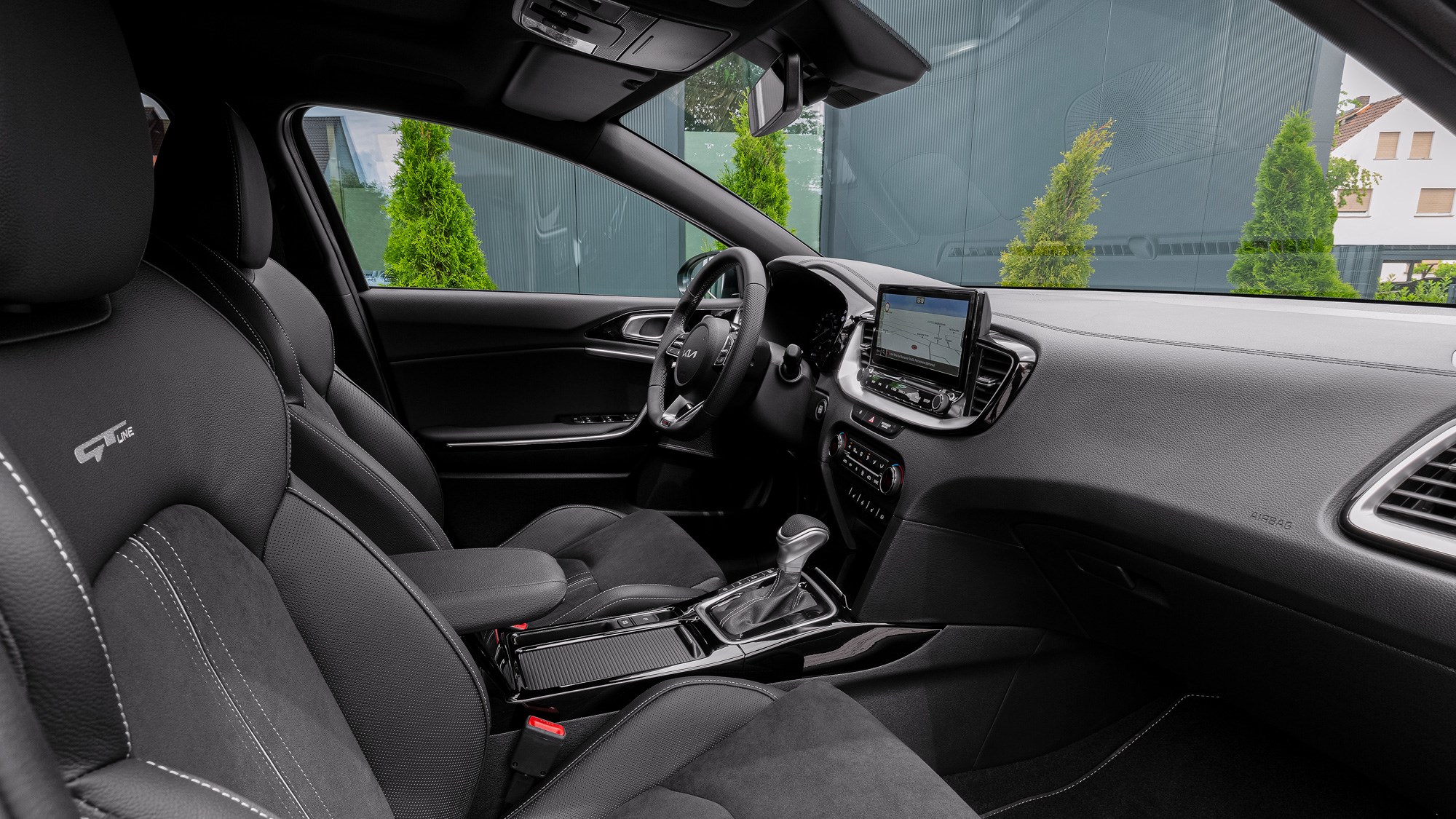
The facelift hasn’t changed much about the XCeed’s interior styling, other than the digital gauge cluster and some different-coloured trim pieces. Thankfully, the climate controls are still located on a physical switch panel rather than moving to a sub-menu on the touchscreen. Top marks, Kia.
The front seats are almost perfect, offering a lot of adjustability and an excellent lumbar support setting. I spent six hours driving around the outskirts of Frankfurt and bounced out of the car at the end of the day feeling fresh. However, like a lot of manufacturers these days, Kia has fitted the seats with a thick cam-shaped headrest which forces your head downwards if you’re tall.
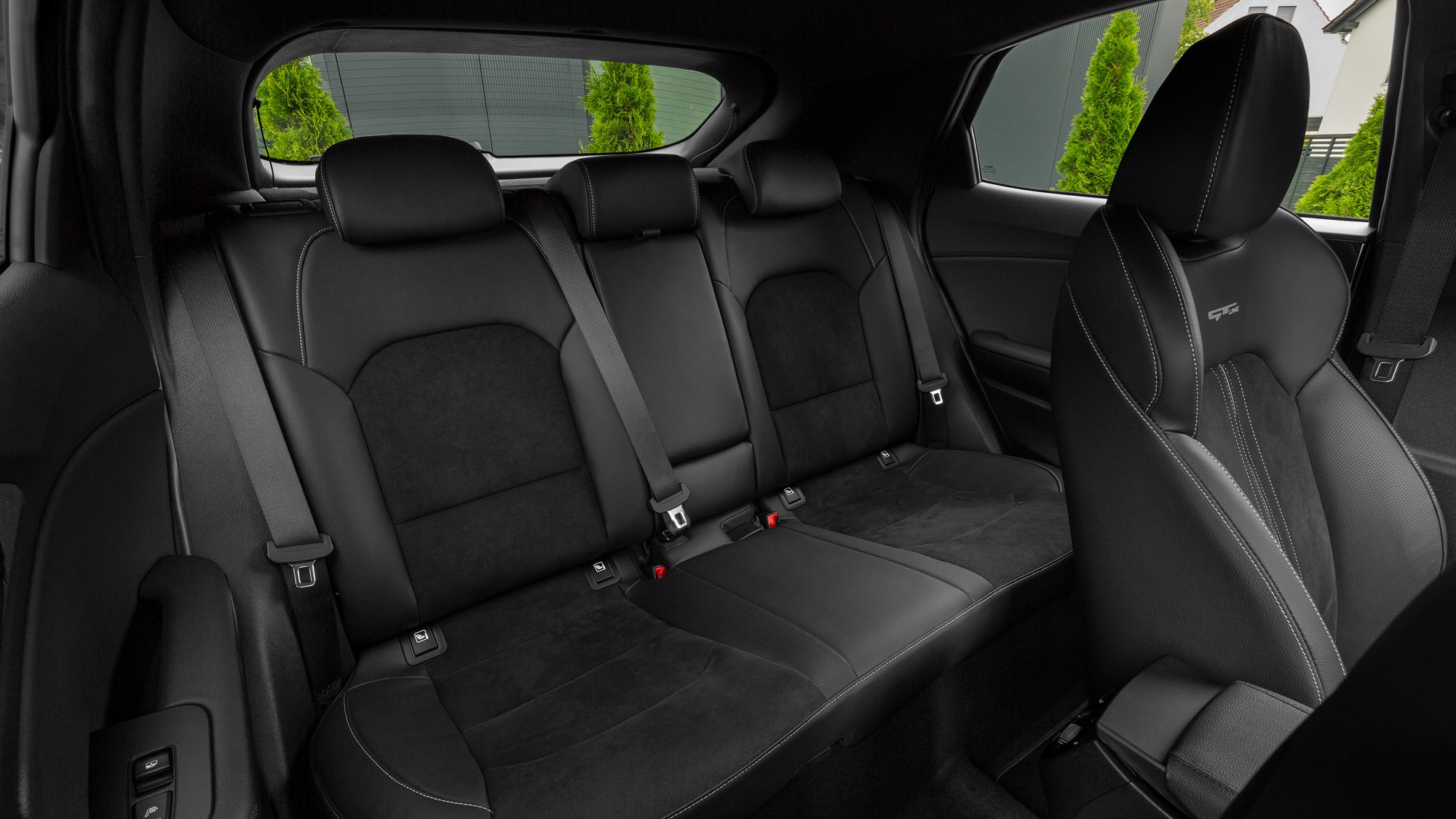
I get that it’s in the interest of crash safety, to stop you getting whiplash if you get rear ended. But, because your head is so well-secured, it makes it difficult to check your surroundings. You can’t check your blind spot without bumping your head, which is annoying.
The rear bench also feels a little cramped with a tall driver at the helm. The front seat sits quite close to the knees of the passenger behind, which might be irritating on a long journey. Headroom’s good, though, even with the optional panoramic sunroof selected. In addition, the XCeed’s boot is almost 50 litres bigger than the Toyota C-HR’s at 426 litres.
Verdict
Kia’s upgrades to the XCeed have made the car better. The new digital gauge cluster is a useful tool, the styling tweaks keep it looking fresh alongside newer rivals and the flagship GT-Line trim-level adds a bit of kerb appeal. We’re just waiting for prices to be announced now. If Kia can keep the XCeed’s entry price around £21,000, there’ll be little reason for your average buyer to ignore it.
Our only major criticism is the driving experience. It’s not as much fun as the Focus Active or MINI Countryman. But let’s be honest – if you’re considering a car of this sort, sharp handling and driver involvement will hardly rank highly on your priority list.
The Kia XCeed scores well where it matters for Joe Public, which is probably why the brand is doing so well at the minute. It’s comfortable, well-equipped, refined and economical. It also has plenty of space in the boot and it comes with a competitive seven-year warranty – the only car in its class that can do better than that is the Toyota C-HR.
Check out our Kia reviews